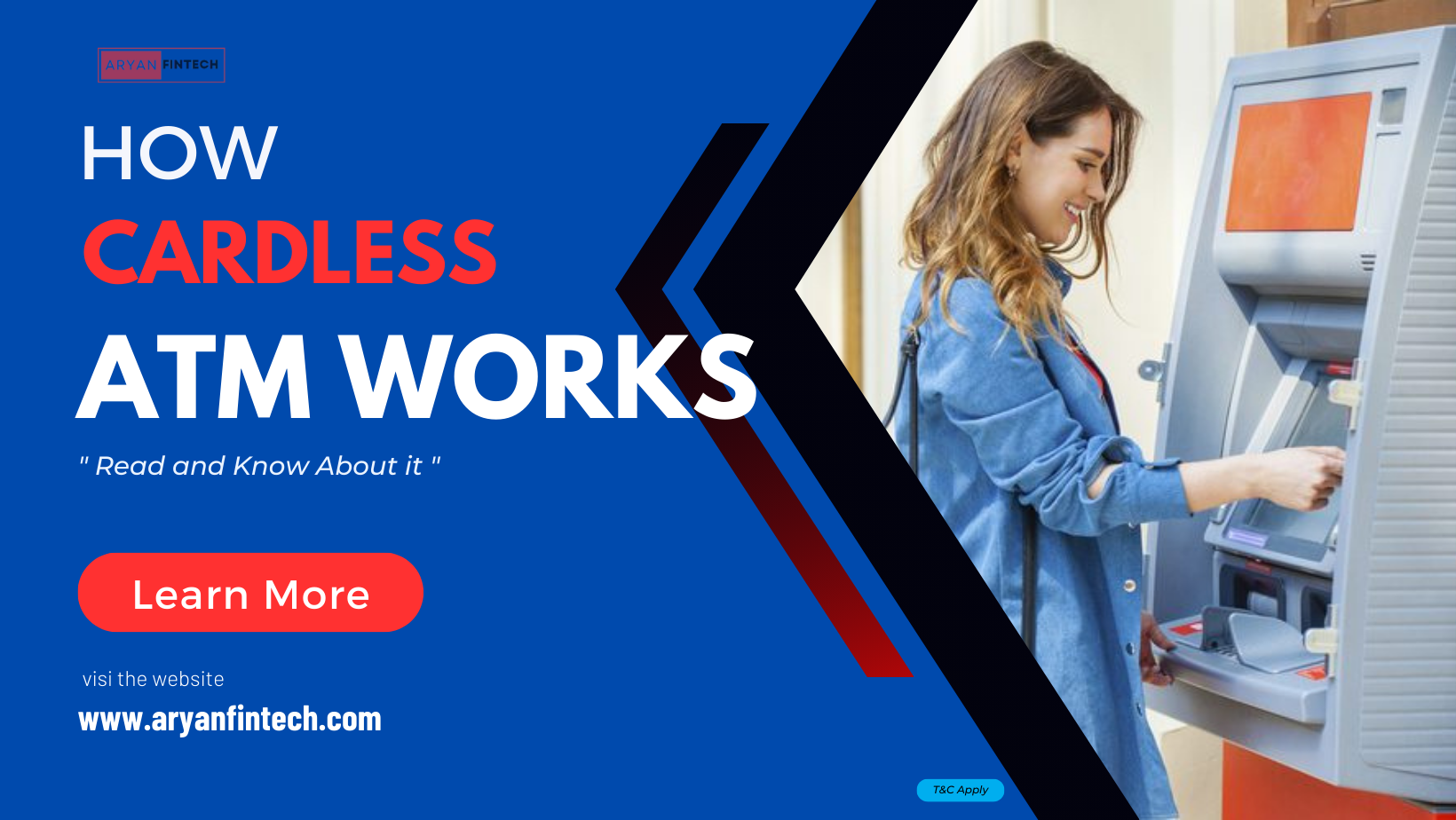In today’s rapidly evolving world of financial technology, cardless ATMs have emerged as a convenient and secure way for individuals to access their cash without the need for a physical debit or credit card. This innovative technology has gained popularity among consumers for its ease of use and enhanced security features. In this article, we will delve into the mechanics of cardless ATMs, exploring how they work and the advantages they offer to users.
Understanding the Basics of Cardless ATMs
What Are Cardless ATMs?
Cardless ATMs, also known as no-card ATMs or mobile ATMs, are self-service machines that allow users to withdraw cash from their bank accounts without the need for a physical plastic card. Instead, these machines utilize alternative methods of authentication, making transactions more convenient and secure.
How Do Cardless ATMs Function?
Cardless ATMs operate by leveraging various technologies, including mobile apps, QR codes, and near-field communication (NFC). Here’s a step-by-step breakdown of how they work:
User Initiation: To begin a cardless ATM transaction, the user initiates the process through their bank’s mobile app.
Selecting the Account: The user selects the specific bank account from which they wish to withdraw funds.
Generating a QR Code: The mobile app generates a unique QR code representing the transaction details, including the withdrawal amount.
Approaching the ATM: The user then approaches the cardless ATM, which typically has an option for cardless transactions.
Scanning the QR Code: Using the ATM’s scanner or camera, the user scans the QR code displayed on their mobile device.
Authentication: The ATM verifies the QR code, confirming the user’s identity and transaction details.
Cash Dispensing: Once authenticated, the ATM dispenses the requested amount of cash to the user.
Advantages of Cardless ATMs
Enhanced Security
Cardless ATMs offer a higher level of security compared to traditional card-based transactions. Since users need their mobile devices to initiate withdrawals, it adds an extra layer of authentication. Additionally, the one-time QR code reduces the risk of card skimming and fraud.
Convenience
One of the primary advantages of cardless ATMs is their convenience. Users no longer need to carry physical cards, making it more convenient and less prone to card loss or theft. Transactions can be initiated and completed using a smartphone, which is almost always within arm’s reach.
Accessibility
Cardless ATMs increase accessibility to banking services. They can be especially beneficial in emergencies when a physical card is not readily available. Users can access their funds quickly and easily through their mobile devices.
Conclusion
In conclusion, cardless ATMs represent a significant advancement in the world of banking and financial technology. They provide a secure, convenient, and accessible way for individuals to withdraw cash without the need for physical cards. As technology continues to evolve, we can expect even more innovations in the realm of cardless transactions.
FAQs
1. Are cardless ATMs available at all banks?
Not all banks offer cardless ATM functionality. It depends on the bank’s technology infrastructure and services. You should check with your bank to see if they provide this feature.
2. Is it safe to use cardless ATMs?
Yes, cardless ATMs are generally considered safe. They employ advanced security measures like QR code authentication, reducing the risk of fraud and unauthorized access.
3. Can I use someone else’s smartphone for a cardless ATM transaction?
No, cardless ATM transactions are tied to the user’s bank account and smartphone. You cannot use someone else’s device for your transaction.
4. What should I do if my smartphone is lost or stolen?
If your smartphone is lost or stolen, contact your bank immediately to disable cardless ATM access. This will prevent unauthorized transactions.
5. Are cardless ATM transactions faster than traditional card-based transactions?
Cardless ATM transactions are often faster due to the reduced need for card insertion and PIN entry. However, transaction speed may vary depending on the ATM and network conditions.

